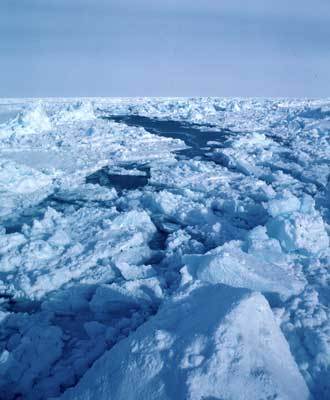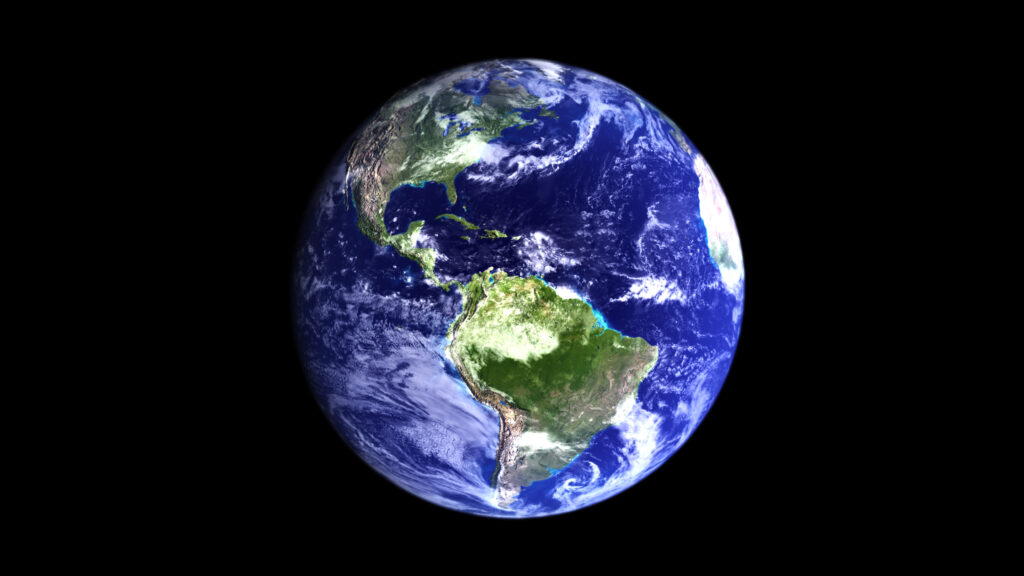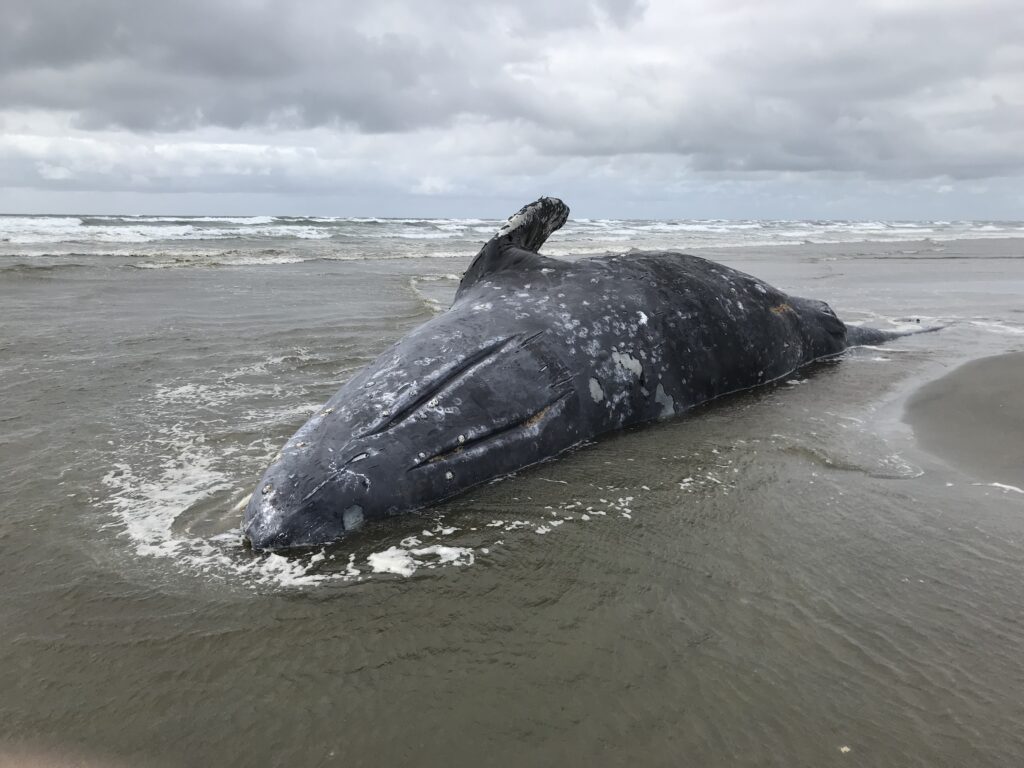Climate Change Weekly #48
Polar sea ice reached another milestone this week, with both the Arctic and Antarctic sea ice extent meeting or exceeding the 1979–2012 average.
An item in last week’s Climate Change Weekly exposed the myth that polar sea ice is rapidly declining. The article noted that while Arctic sea ice has been trending modestly below the 1979–2012 average, Antarctic sea ice has generally been above the 1979–2012 average. As a whole, global sea ice extent varies but rarely strays far from the long-term average. For every year since 1979, when satellites first began providing highly accurate measurements of global sea ice, there have been times during each year when global sea ice has been below the 1979–2012 average and times when global sea ice has been above the 1979–2012 average.
Satellite data show Arctic sea ice is currently equal to the 1979–2012 average after briefly exceeding the 1979–2012 average earlier in the week. Meanwhile, Antarctic sea ice has been above the 1979–2012 average throughout 2012.
The 1979–2012 period is convenient for global warming alarmists because the 1960s and 1970s were the coldest period on the planet since the 1920s. As a result, the 1979 baseline would indicate rising temperatures and receding polar sea ice even if temperatures had merely returned to the 1930s-through-1950s norm. It would be remarkable indeed (and perhaps, dare I say, “alarming”) if global sea ice did not recede some from the unusually cold temperatures that predominated when satellites first began measuring global sea ice.
When global warming alarmists claim “the poles are melting,” they are wrong. Antarctic polar ice has been growing for decades. Now, moreover, the alarmists cannot even say that one of the poles is melting. Perhaps things will break their way next week and they will be able to point to receding sea ice regarding at least one of the poles.
And there you have your global warming crisis.
SOURCES: Watts Up With That? and Cryosphere Today
IN THIS ISSUE
Ignoring data, alarmist study says Antarctic sea ice is melting … The highest authority in science is the data … Svensmark extends cosmic ray analysis … Warmer temperatures are benefiting New York City trees … Elevated CO2 improves rice and wheat yields … Mann ducks debates, then tells USA Today we need more debate
IGNORING DATA, ALARMIST STUDY SAYS ANTARCTIC SEA ICE IS MELTING
Alarmist scientists are claiming in a newly published study that warm water is melting Antarctic sea ice. The only problem is objective data show Antarctic sea ice is growing, not receding. Throughout 2012 Antarctic sea ice has been above the 1979–2012 average. Moreover, Antarctic sea ice is in a decades-long expansion.
The authors of the study, which was published in the peer-reviewed journal Nature, told BBC News, “Previously, you would have thought that we needed a lot of warming in the atmosphere to get a substantial loss of ice from Antarctica – because it’s such a cold place. But what we show is that that’s not necessary; you don’t need radical change. All you need are quite subtle changes – such as a change in the winds – and that can produce effects at the edges of Antarctica that then lead to a loss of a lot of ice.”
Sure, as long as you don’t attempt to verify your preconceived notions against objective, real-world data.
SOURCE: BBC NEWS
THE HIGHEST AUTHORITY IN SCIENCE IS THE DATA
Science writer Jo Nova has posted an excellent short essay on her blog explaining why the highest authority in science is data, not notions of consensus or peer-reviewed studies. Consensus opinions can be wrong and peer-reviewed studies are subject to many potential shortcomings. Hard data, however, are objective and factual. For example, see the Antarctic sea ice story, above.
SOURCE: Jo Nova
SVENSMARK EXTENDS COSMIC RAY ANALYSIS
Danish National Space Center researcher Henrik Svensmark has published a new paper showing how cosmic rays have affected global climate on a scale of hundreds of millions of years. According to Svensmark, nearby supernova events have had a substantial impact on cosmic rays striking the Earth, which in turn have had a substantial impact on global climate. The strong linkage between occasional supernova events and global climate supports Svensmark’s hotly debated theory that smaller fluctuations in cosmic ray occurrence also affect global climate.
SOURCE: Calder’s Updates
WARMER TEMPERATURES ARE BENEFITING NEW YORK CITY TREES
A newly published peer-reviewed study shows red oak trees and their close relatives grow as much as eight times faster in New York City’s Central Park than they do in cooler locations just outside New York City’s urban heat island. Red oak trees dominate the landscape from northern Virginia to southern New England, so the study provides another piece of global warming good news that is being overlooked by the press.
SOURCE: The Earth Institute at Columbia University
ELEVATED CO2 IMPROVES RICE AND WHEAT YIELDS
Two recent studies by Chinese scientists show elevated amounts of atmospheric carbon dioxide improve rice and wheat yields. World Climate Report provides detailed summaries of the two studies and explains why the study results refute yet another alarmist global warming myth.
SOURCE: World Climate Report
MANN DUCKS DEBATES, THEN TELLS USA TODAY SCIENCE NEEDS MORE DEBATE
Disgraced Climategate central figure Michael Mann has been caught in an act of personal hypocrisy in an interview with USA Today. Mann tells USA Today, “My only real political position is that we should have an honest debate about what to do.” Mann’s call for an honest debate comes after he has repeatedly declined invitations to discuss and debate climate change issues at The Heartland Institute’s International Conferences on Climate Change.
SOURCE: USA Today
The Climate Change Weekly Newsletter has been moved to HeartlandDailyNews.com. Please check there for future updates!





